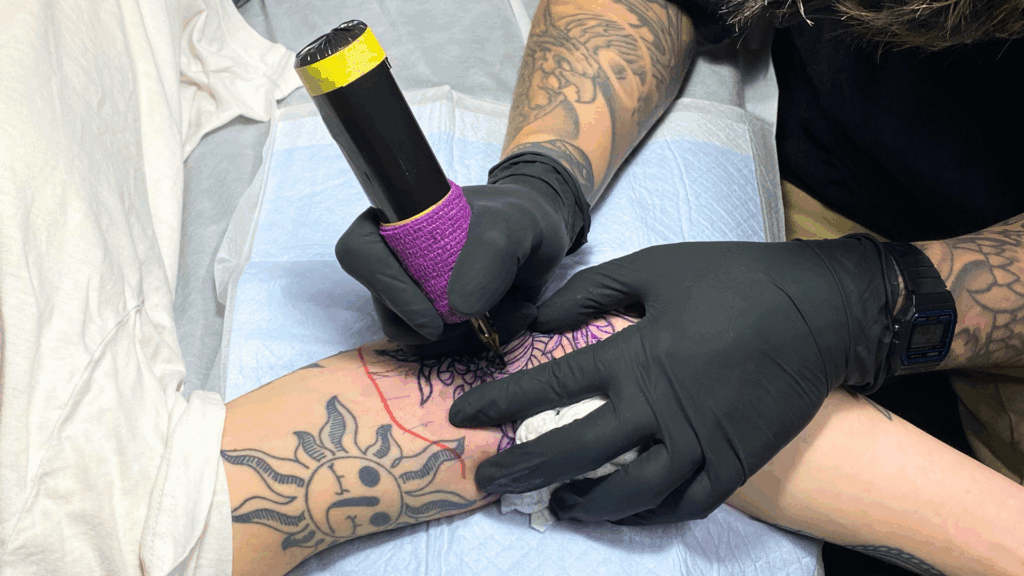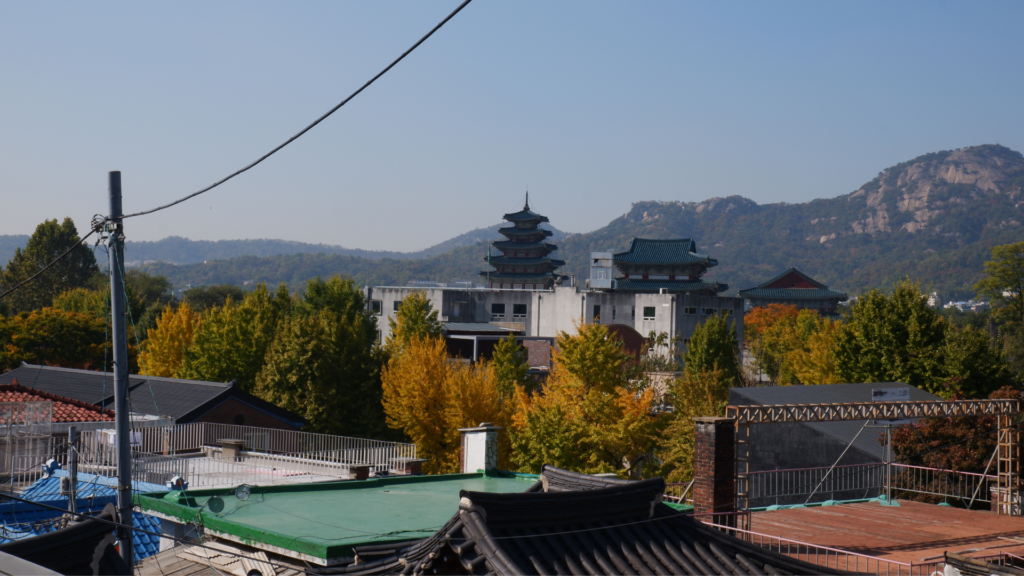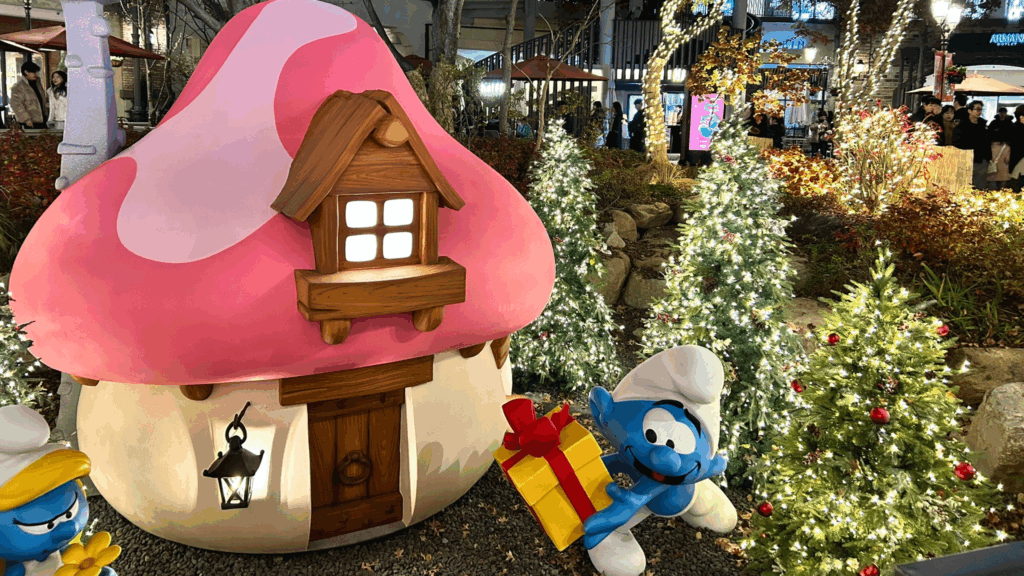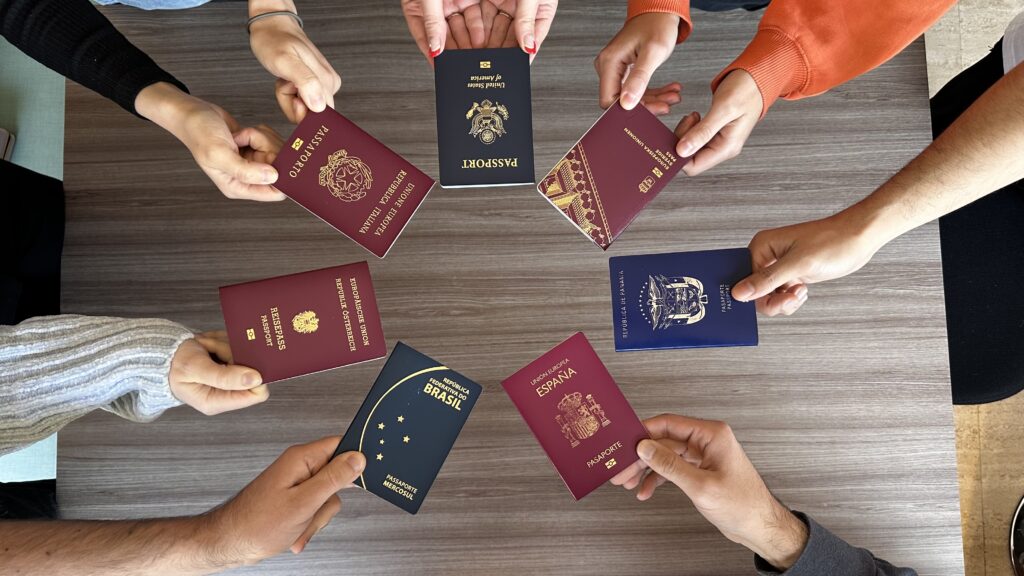If you decide to live and study in Korea, one of the most typical ways to make new friends with Koreans and to become closer to them is to go for a drink together. You will be able to taste typical liquors, which will be accompanied by particular foods, and immerse yourself in one of the most common phenomena in this country: enjoying alcohol in company.
Let’s take a step-by-step look at the most important aspects of Korean drinking culture.
The main alcoholic beverages Korean drinking culture
Soju
Soju (소주) is undoubtedly the supreme emperor of the Korean dinner table. Soju is a drink that is usually made from rice, barley or wheat and whose alcohol content is most often around 15-20%. Recognizable by its typical medium-sized, green bottle, Soju is produced by many different companies. An interesting curiosity is that a specific brand is consumed more in one city than another and this is noticeable when travelling around Korea. Typically, in Seoul, Chamisul (참이슬) is popular, while in Daegu, Cham (참) is the most drunken one. In Busan, C1 (a word that when read in English resembles the Korean word “시원” shiwon or “cool“, creating a play on words) and Daesun (대선) are very popular, and so on to other places in the country.
In Korea, specific dishes are often eaten along with this type of drink. This is usually the pork that can be enjoyed in the typical Korean barbecue. We’re talking about the famous Samgyeopsal (삼겹살), made from pork belly. Other meats such as Gopchang (곱창) or Makchang (막창), which are made from beef or pork intestines, are also popular among Koreans. For them, drinking Soju and enjoying these kinds of dishes is the perfect combination.
Makgeolli
Along with Soju, one of the most famous spirits in Korean drinking culture is Makgeolli (막걸리), a liquor made from rice. Of ancient origin and opaque white in color, Makgeolli is often appreciated by foreigners for its flavour, which could be described as fizzy. Because of its color, it is also nicknamed Takju (탁주), ‘opaque wine/liquor’, or Nongju (농주), ‘agricultural wine/liquor’, referring to the georgic environment where it was originally produced and enjoyed. Unlike Soju, the bottles in which it is sold are plastic, and can vary in colour.
Since it is also very popular in Korea, it could be said to be competing for the number of bottles sold with Soju, although soju is still the most widely consumed. For those who would like to try a non-alcoholic rice drink, we recommend Sikhye (식혜). It has a much sweeter taste, is often consumed fresh in summer, and rice grains can be found inside.
Beer
Beer (맥주 maekju in Korean) is also a popular alcoholic beverage in Korean drinking culture. The Korean brands that are most easily found in restaurants and 24-hour convenience stores are Cass and Hite. However, there is a special way in which beer is enjoyed in Korea. Although it can also be enjoyed on its own at dinner parties, Koreans often like to mix it with soju. The result is Somaek (소맥), a word formed from the first character of the word Soju, and the first character of the word beer. You can try mixing these two drinks together yourself, perhaps by asking a Korean how to do it. There are different methods that are popular among young people that involve shaking bottles of soju in a particular way, or putting soju into smaller glasses, which are then dipped into larger glasses where beer is already present, and so on. You can find out for yourself when you are here in Korea!

Drinking rules in Korea
So far, we have told you about the main alcoholic beverages that are consumed in Korean drinking culture, but you should know that alcohol consumption is not limited to simply enjoying liquor. There are various cultural and etiquette aspects to drinking.
Company drinking party
A very common custom among companies is to hold hoesa hoesik (회사 회식) very often. These are meals (most often company-style dinners) where the department head usually provides for everyone and where not drinking in company might be frowned upon. The hoesa hoesik is meant to bring employees of the same department closer together. Often, however, one is forced to drink too much in order not to make a bad impression, although this situation is slightly improving nowadays.
Drinking with friends in Korea
When going out with friends, it is very common to first go to a place to eat and drink, and then change places several times. Usually, from the second time onwards, you only drink (but not always), and one person pays for each place. If you get away with it once and don’t pay for that night, don’t worry, you’ll have to do it again next time by paying for everyone!
Korean drinking etiquette
Finally, the actual act of Korean drinking culture varies depending on the person in front of you.
If it’s a friend, or someone you’re already close to, then you’ll be able to drink without too much guesswork. If, on the other hand, the person in front of you is older, or higher up in your company or wherever you work (even a senior at university), then you will have to follow some rules. First of all, you must pour the drink into the other person’s glass, and we recommend that you only do this by holding the bottle with two hands. If, on the other hand, the person drinking with you wants to pour the liquor or any other drink, you should offer the glass and hold it with both hands as a sign of respect. Finally, if the person with you is ‘higher up’, you should turn your head slightly to the side and only then can you drink!
There are other rules of etiquette as well, but we won’t go into them all here. Instead, we recommend you watch some videos that the famous singer Psy made about this. Here you can see how to drink in company and what games you can play when you drink.
So what are you waiting for? Korean drinking culture is a territory to be discovered, are you ready to dive in?
For more interesting information on Korean culture, keep following the Go! Go! Hanguk blog.









